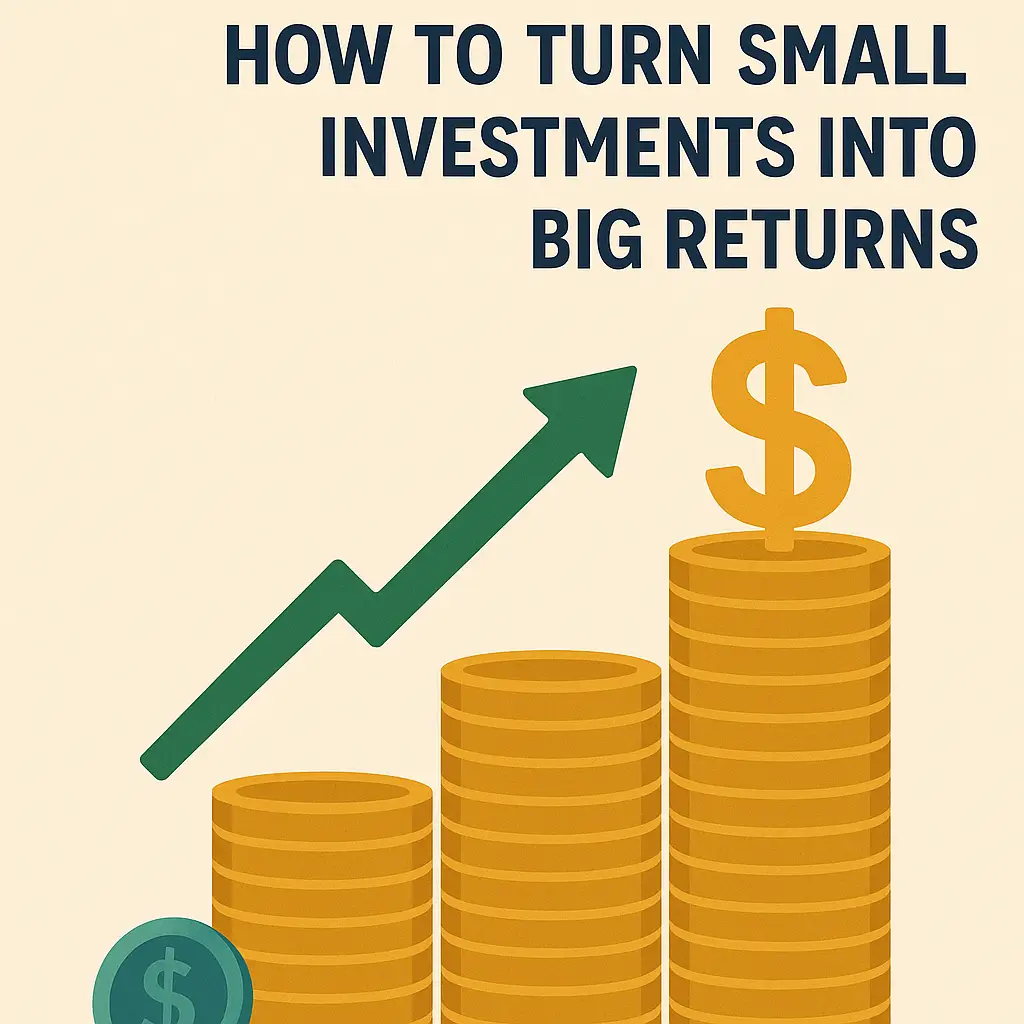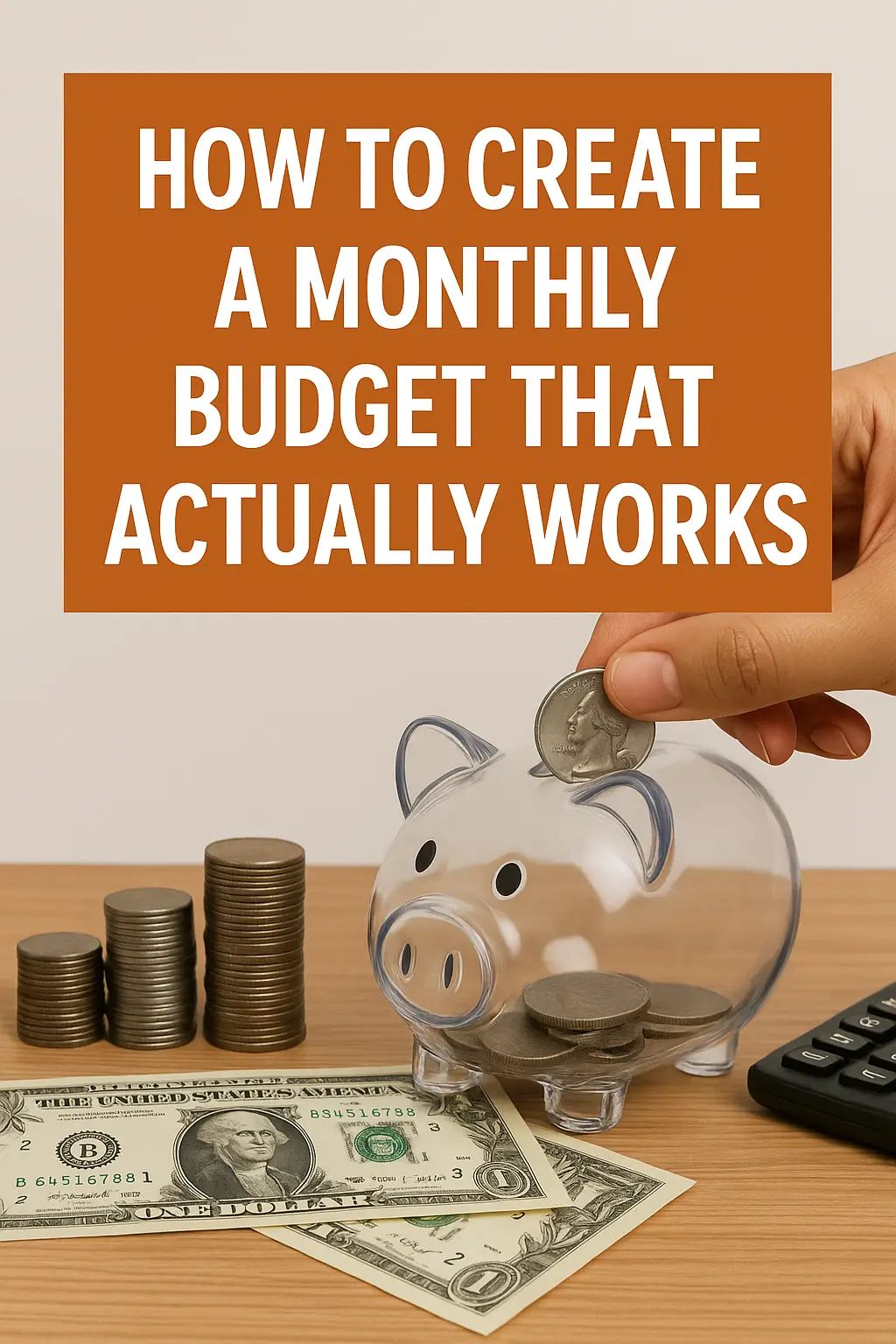Want to grow your money without doing much? Welcome to the world of compound interest—where time and consistency work in your favor.
What is Compound Interest?
Compound interest is the process of earning interest on both the original principal and the interest that has already been added to your account. This means your money doesn't just grow—it accelerates over time.
Unlike simple interest, which is calculated only on the initial amount, compound interest builds wealth faster because it allows your earnings to generate more earnings.
Compound Interest Formula
The compound interest formula is:
A = P × (1 + r/n)nt
Where:
A = the future value of the investment/loan, including interest
P = the principal investment amount
r = the annual interest rate (decimal)
n = number of times interest is compounded per year
t = number of years the money is invested
Example: Let’s say you invest $1,000 at an annual interest rate of 6% compounded monthly for 10 years:
A = 1000 × (1 + 0.06/12)12×10 ≈ $1,819.40
That’s nearly double your money—without adding anything extra.
Why Compound Interest Favors Early Starters
The earlier you start investing, the more powerful compound interest becomes. Even small investments can grow significantly over time. Here's a real-world comparison:
- Investor A: Invests $100/month from age 20 to 30, then stops. Total invested: $12,000.
- Investor B: Starts at age 30 and invests $100/month until age 60. Total invested: $36,000.
Assuming a 7% annual return, Investor A ends up with more money by age 60—even though they invested less. That’s the power of compounding early.
Try it yourself using this Compound Interest Calculator from Investor.gov.
How to Start with Small Investments
You don’t need thousands to start benefiting from compound interest. Here's how to begin with just a little:
- Start with what you have: Even $25/month adds up.
- Automate your contributions: Use auto-deposits to make saving effortless.
- Use compound-friendly accounts: Consider high-yield savings accounts, CDs, or ETFs for growth.
- Reinvest dividends: Choose to reinvest earnings in index funds or dividend stocks for faster growth.
Where Compound Interest Works Best
Some of the best compound interest investment options in 2025 include:
- High-Yield Savings Accounts – for safe, steady growth
- Index Funds & ETFs – ideal for long-term compounding
- Government Bonds – low risk, compounding over time
- Certificates of Deposit (CDs) – higher fixed returns with compound interest
These tools combine safety with solid compounding potential, especially when held long-term.
Common Mistakes to Avoid
To fully benefit from compound interest, avoid these common mistakes:
- Waiting too long to start investing
- Withdrawing interest early
- Ignoring fees – management or transaction fees can eat into your returns
- Inconsistent investing – skipping months reduces the compounding effect
Conclusion: Time is Your Greatest Ally
Compound interest rewards patience, consistency, and time. Even if you’re starting with a small amount, your investment can grow significantly if you start early and let it sit.
In 2025 and beyond, smart investing isn’t about timing the market—it’s about time in the market. Start now, stay consistent, and let compound interest do the heavy lifting.
Useful Resources
- Investopedia – What Is Compound Interest?
- Bankrate – Best Compound Interest Investments
- Investor.gov – Compound Interest Calculator
- Oracle Investor Blog – Compound Interest Guide
Want to learn how to invest with just $100? Check out our beginner's guide: How to Start Investing with Just $100 — Beginner’s Guide 2025








